By Lucy Koehler

LILLE, FRANCE — It can be hard to understand the regional personalities of a new country before you experience them firsthand. In America, we have the North and the South, each with its own distinct reputation and stereotype. The situation is strikingly similar in France.
Lille, is located in Nord-Pas-de-Calais, a region of northern France along the Belgian border. There are pretty much three distinct regions in France: the North, the South and Paris. Now, anyone from the latter two will tell you that the North is distinctly lacking in culture. One of the most successful movies in France ever is Bienvenue Chez les Ch’tis (Welcome to the Ch’ti). The film pokes fun at Northern stereotypes about smelly cheeses, prolific beer drinking and Flemish influence. While these are plus ou moins vrai (more or less true), they are also some of the most charming parts of the North.
The food scene in Lille is quite heavily centered around cheese and beer. I was duly warned by the nearby fromagier (cheese shop owner) that my locally produced Maroilles variety would be strong. That was a fairly generous understatement. When I opened the wrapping and had to take a few stumbling steps back, I realized they really are not messing around here in the North.
As for drinks, Lille benefits greatly from its proximity to Belgium and my campus is just four and half miles away from the border. We have Belgian dubels, tripels and lambics in all the restaurants. A far cry from Natural Light or Keystone Ice, these beers have distinct flavors and dark colors. They are almost always sold in bottles instead of cans, and are, as a rule, always served in glasses of a particular shape designed just for that variety.
The similarities between Nord-Pas-de-Calais and Belgium extend far beyond just the food. I have professors who commute from Belgium to teach, and the closest major airport is in Brussels.
Although most of the region across the border primarily speaks Flemish, most Belgians are fluent in French, Flemish and English. It leads to a distinctly Belgian accent! It also leads to a Ch’ti accent that lots of Southern Frenchmen would say is unintelligible. One perk of crossing the border into Belgium is that the Belgians are typically much friendlier and more willing to speak English than the French. Since they are fluent in at least two languages, they are happy to speak any of them with foreigners. Also, another Flemish influence that permeates the border is its architecture. The very Flemish stepped gables are everywhere in both Lille and Belgium. They make the cities a bit more charming and remind the residents of the area’s history.
The Ch’ti proudly defends its culture. My local classmates are quick to defend all the fun cultural events and opportunities in the North, and I think they have good reason to! Nord-Pas-de-Calais has a unique culture that the rest of France would appreciate more if they got to know it. I think it has been very interesting to come as a foreigner and learn about what cultural stereotypes look like in different countries. Despite the chilly Nord-Pas-de-Calais weather, there has been plenty to learn and experience. At the very least, we can use the beer to warm us up!











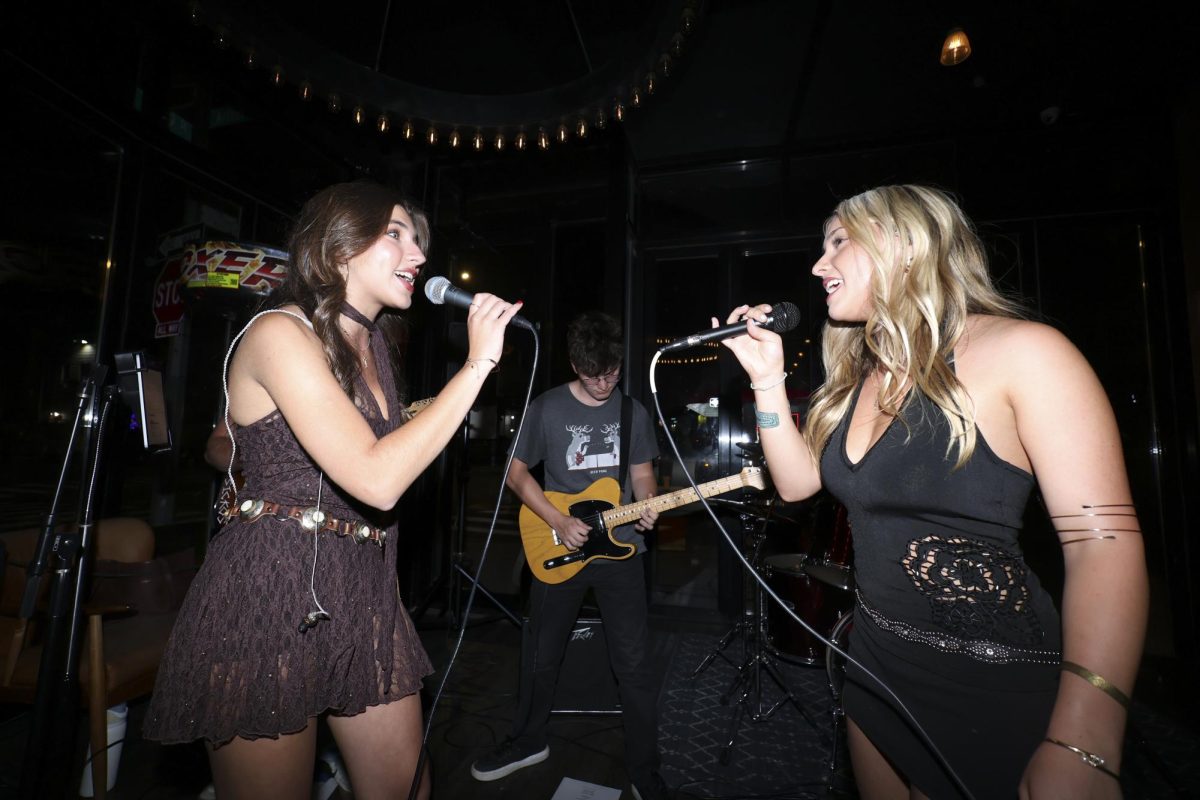




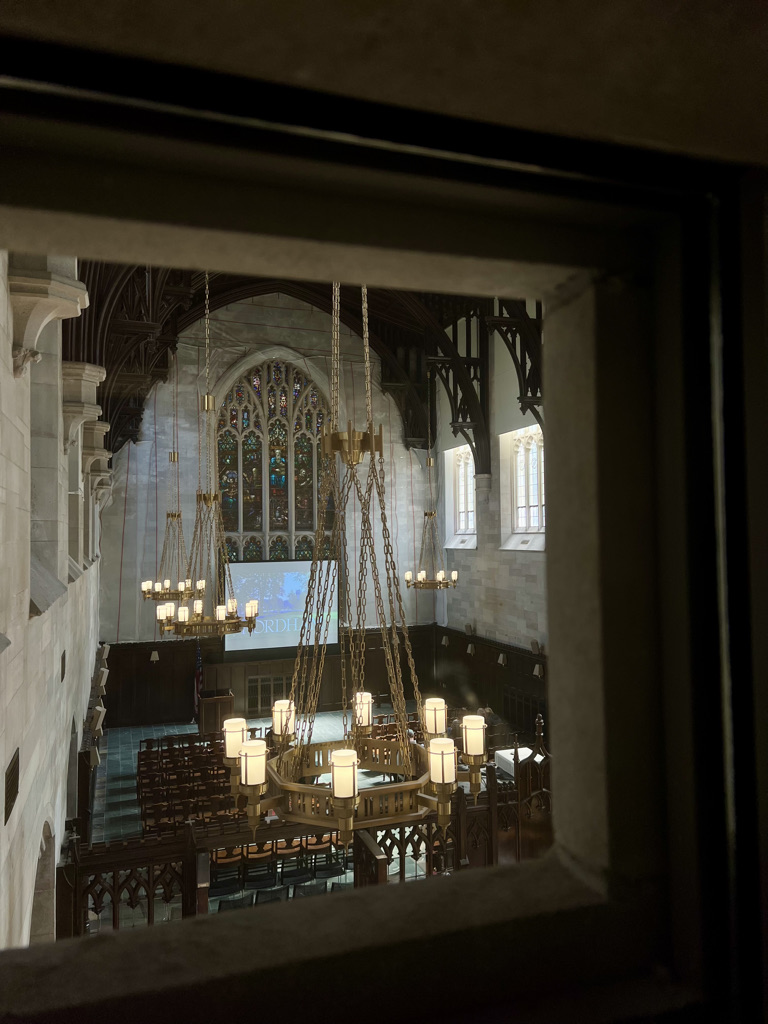

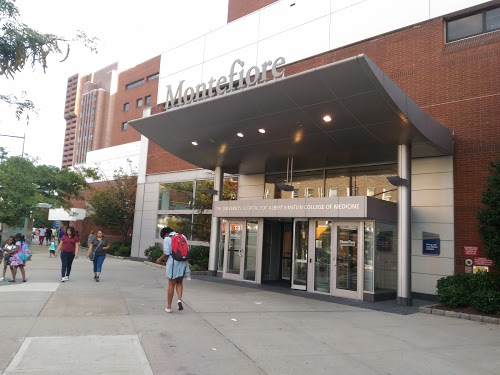






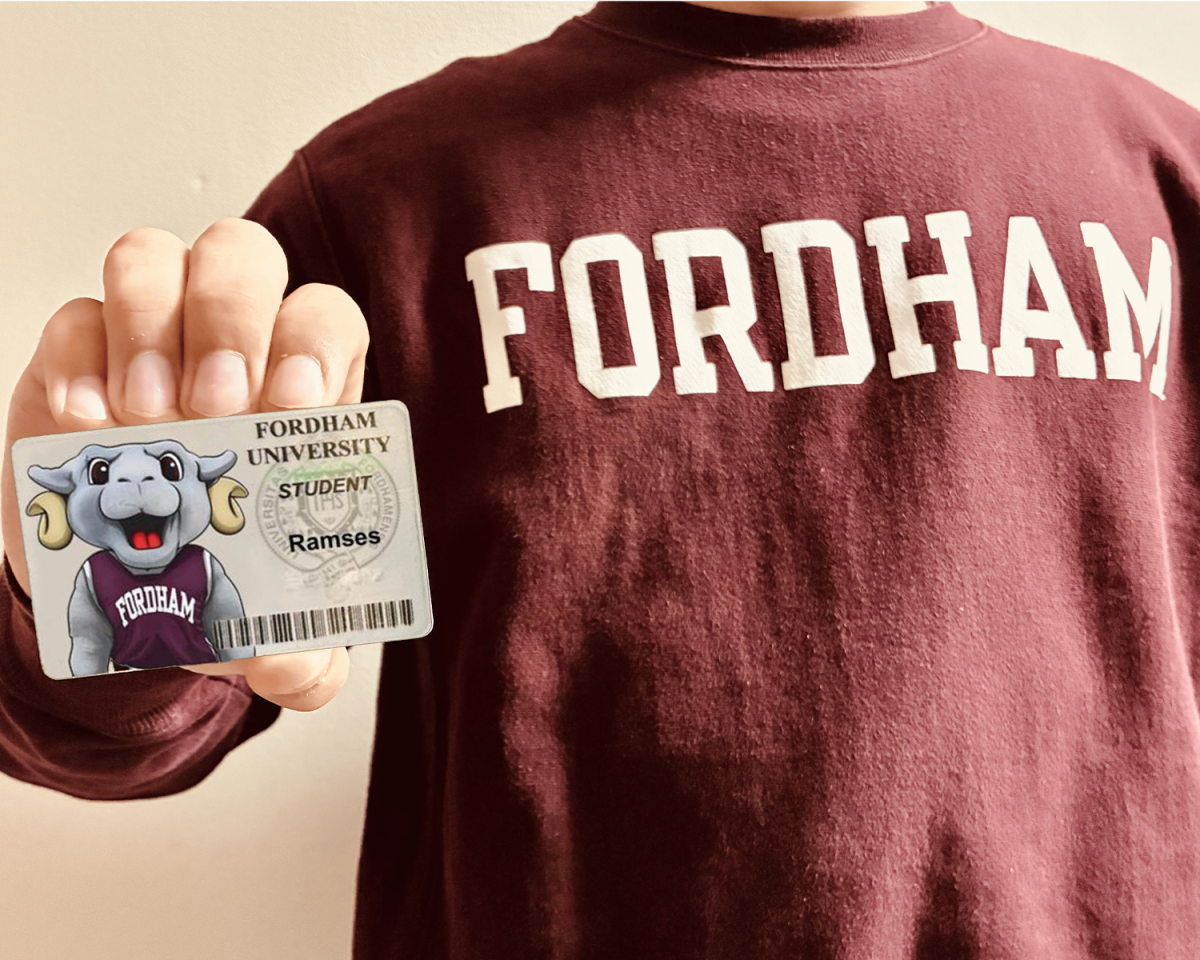

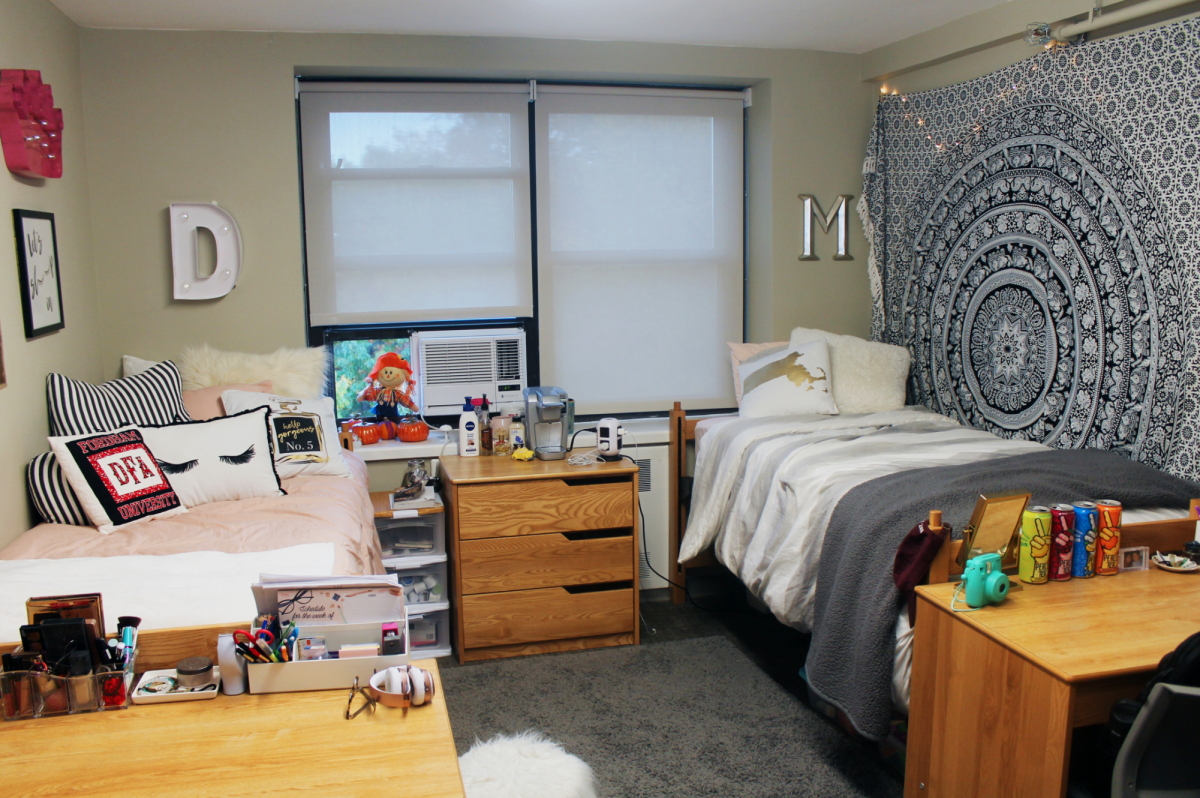
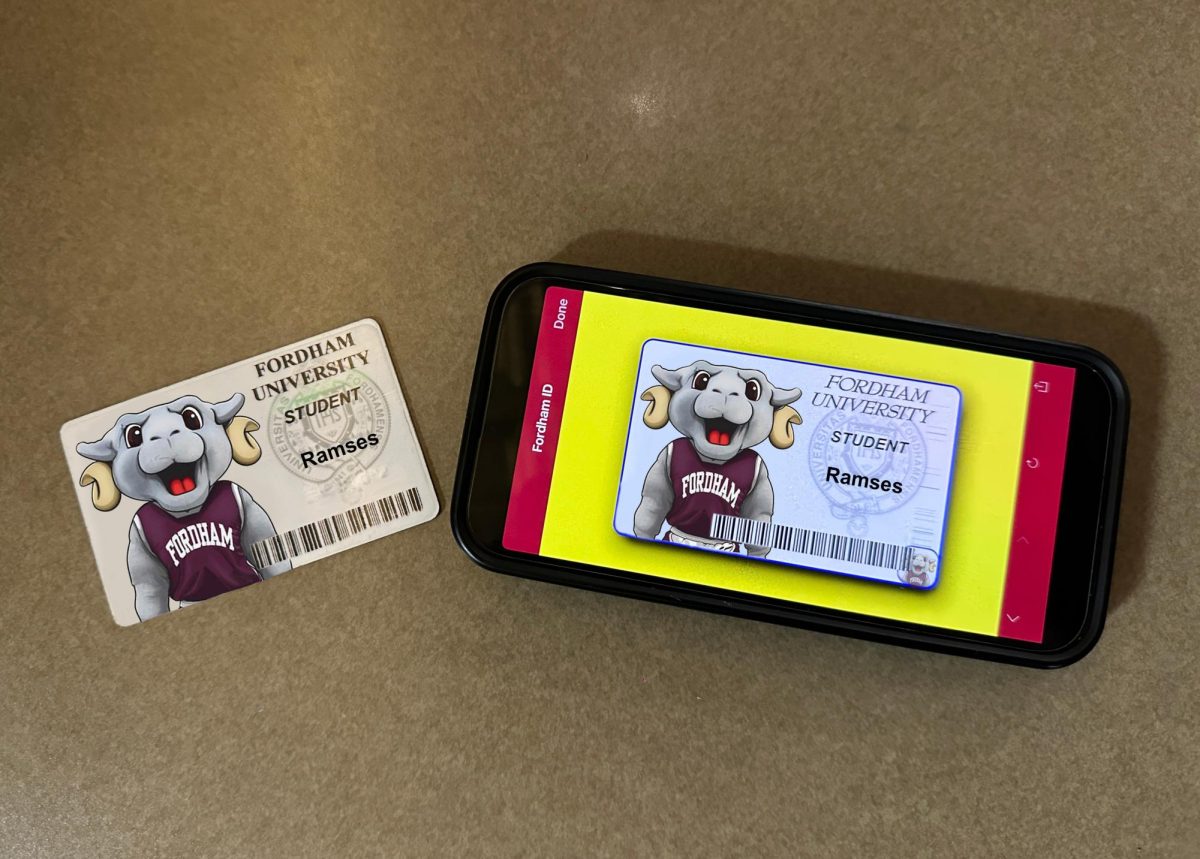










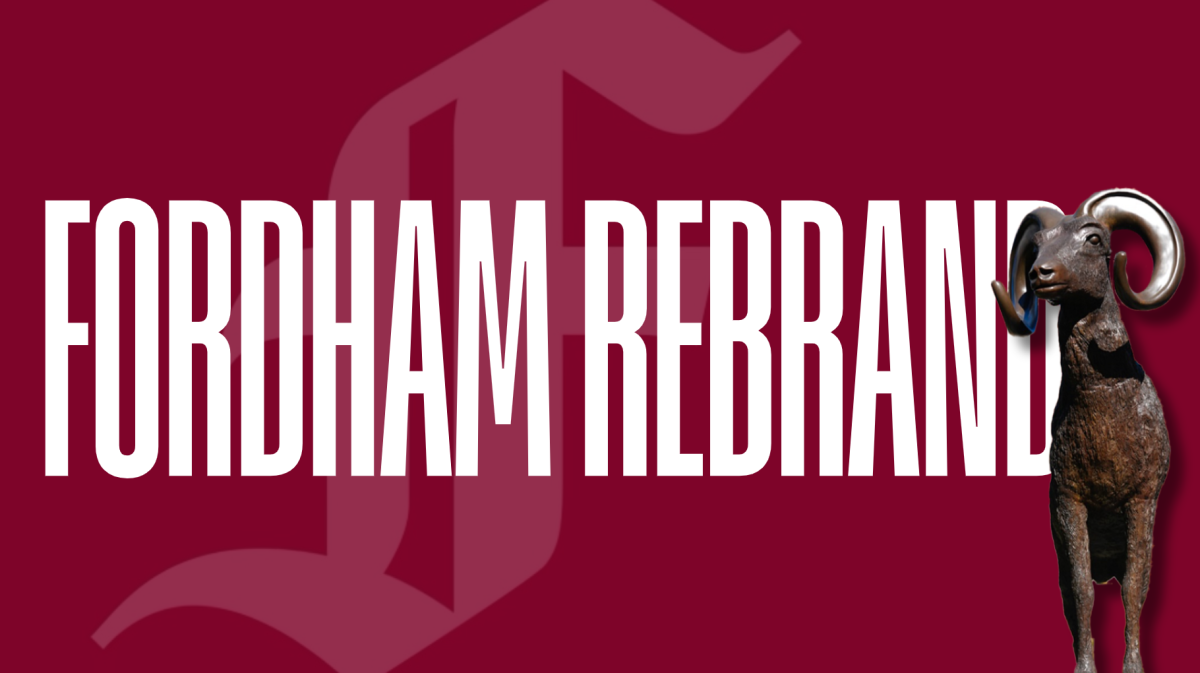

























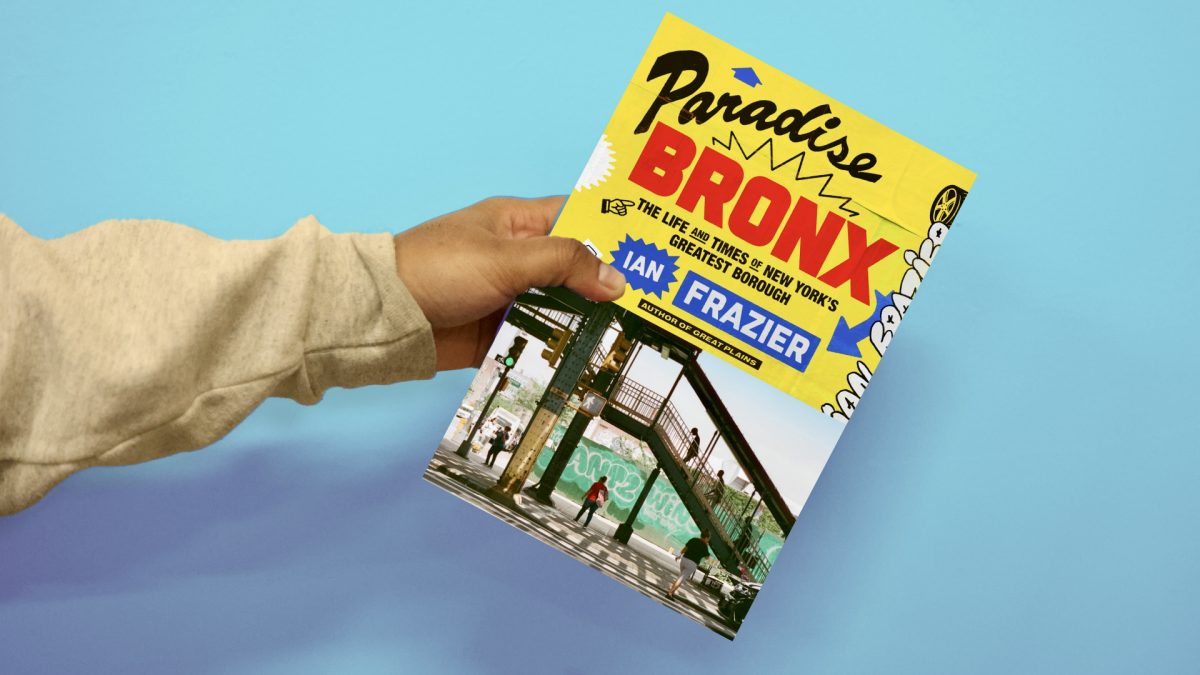



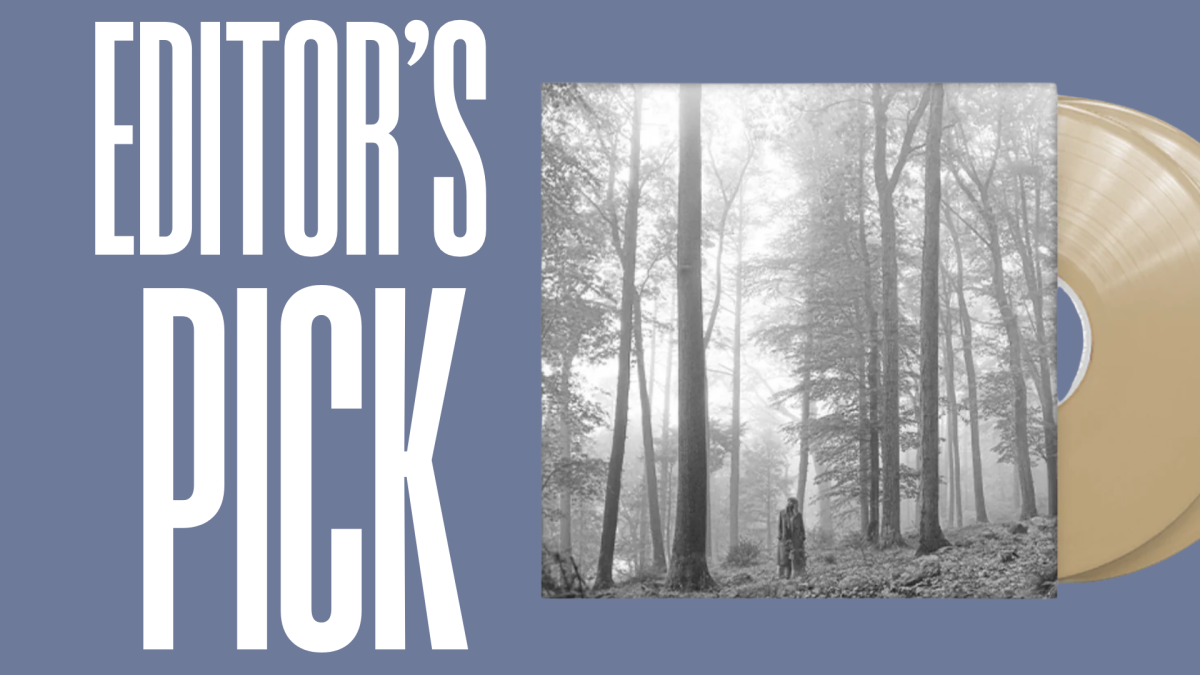
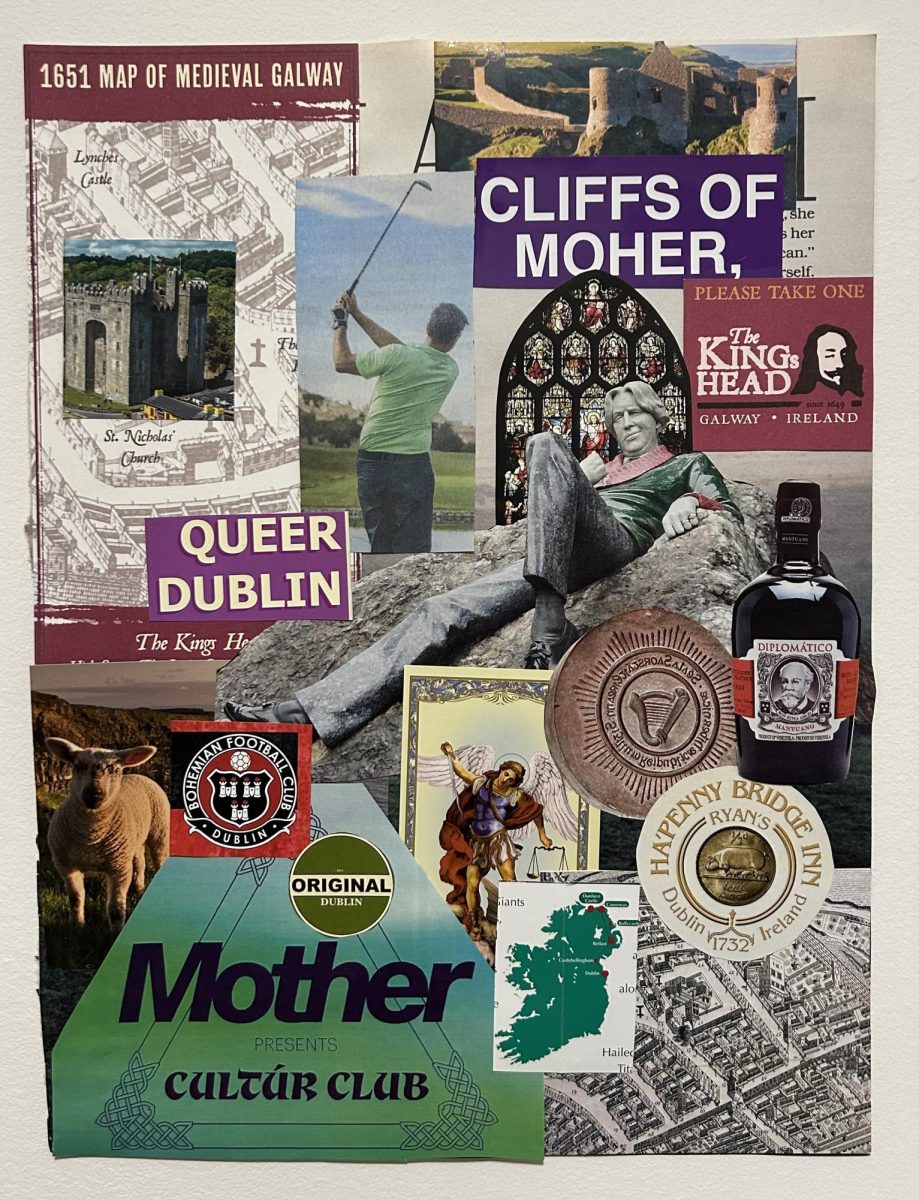


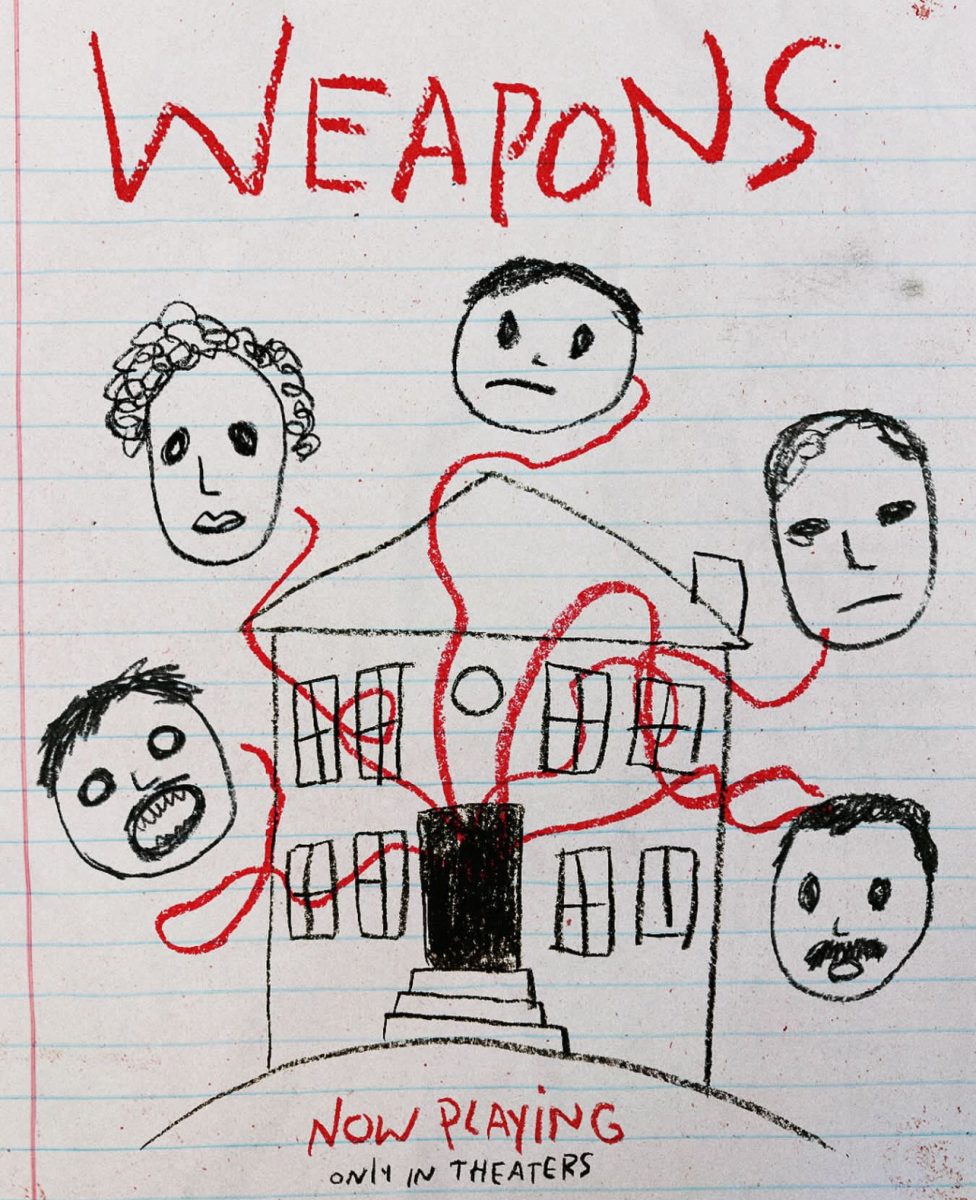

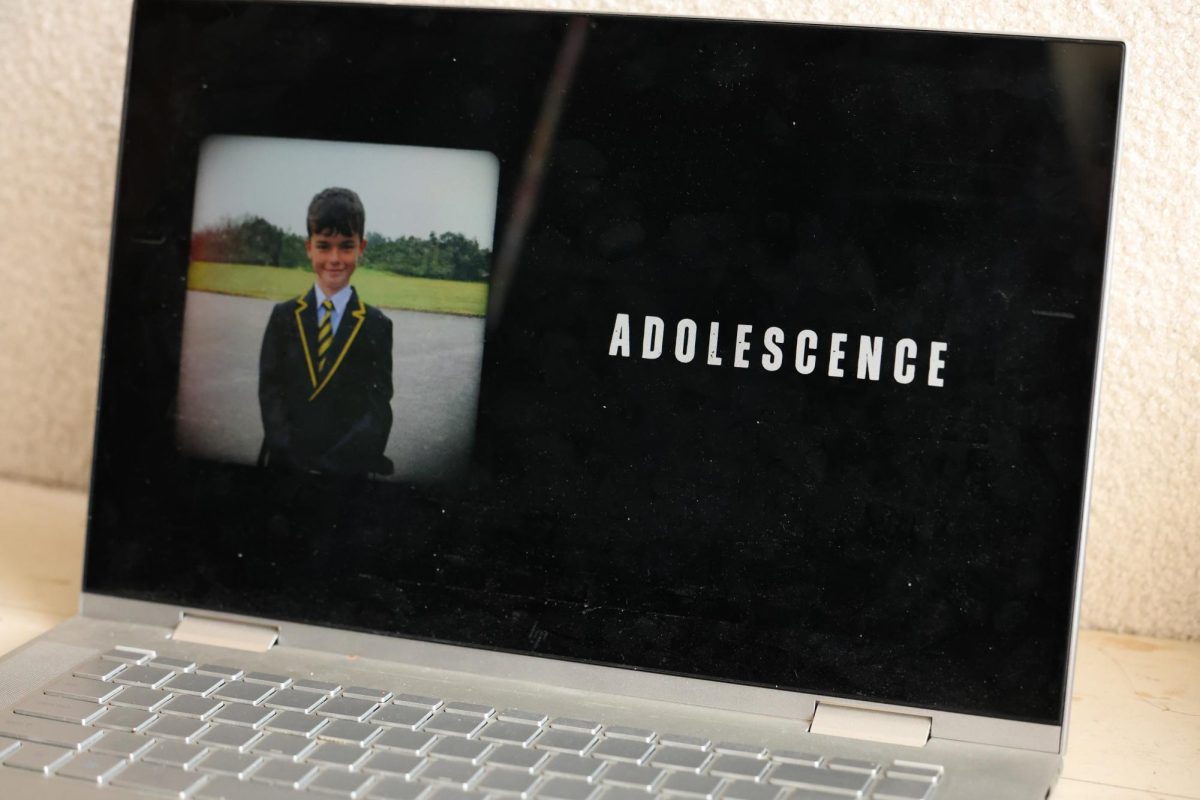




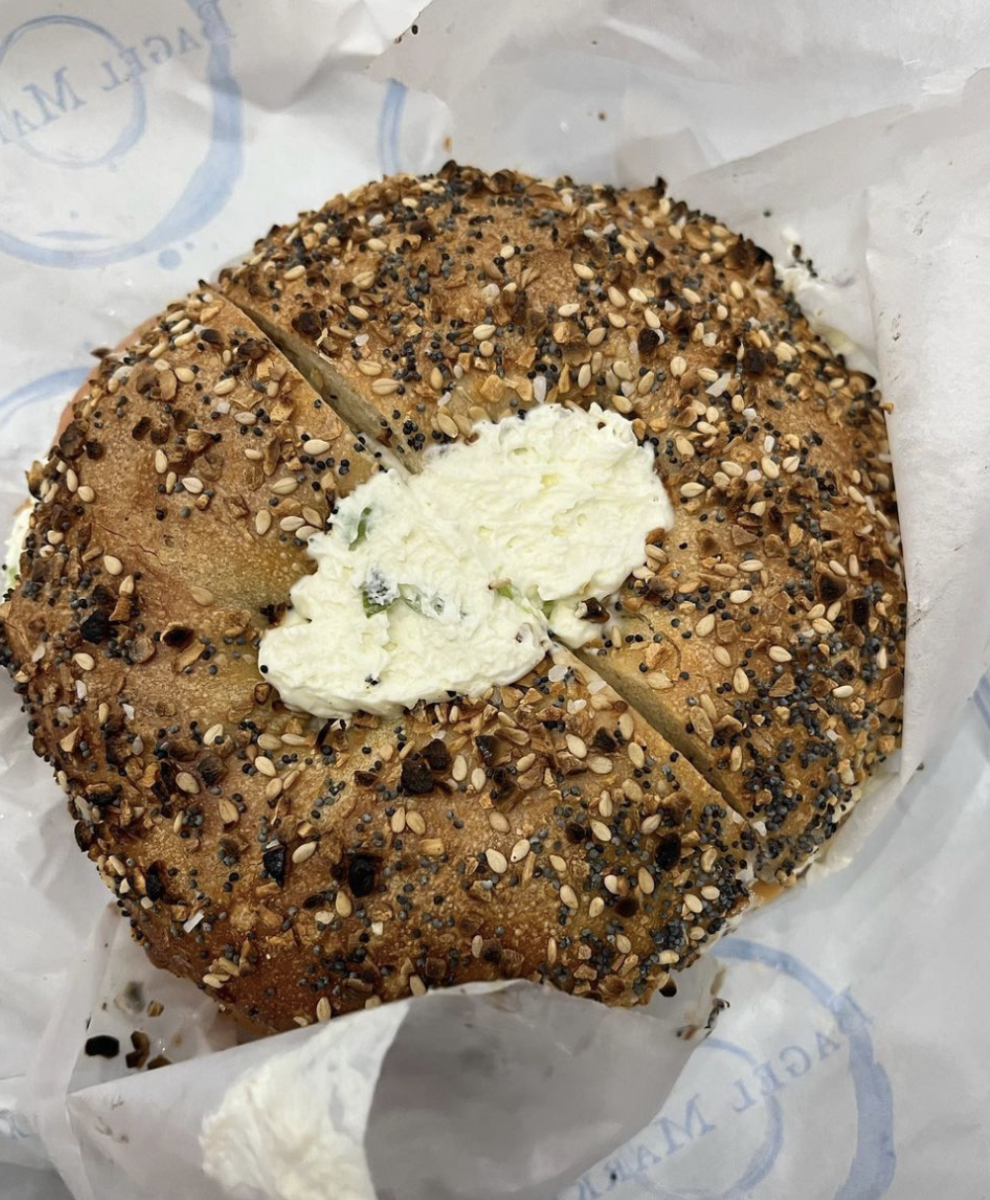





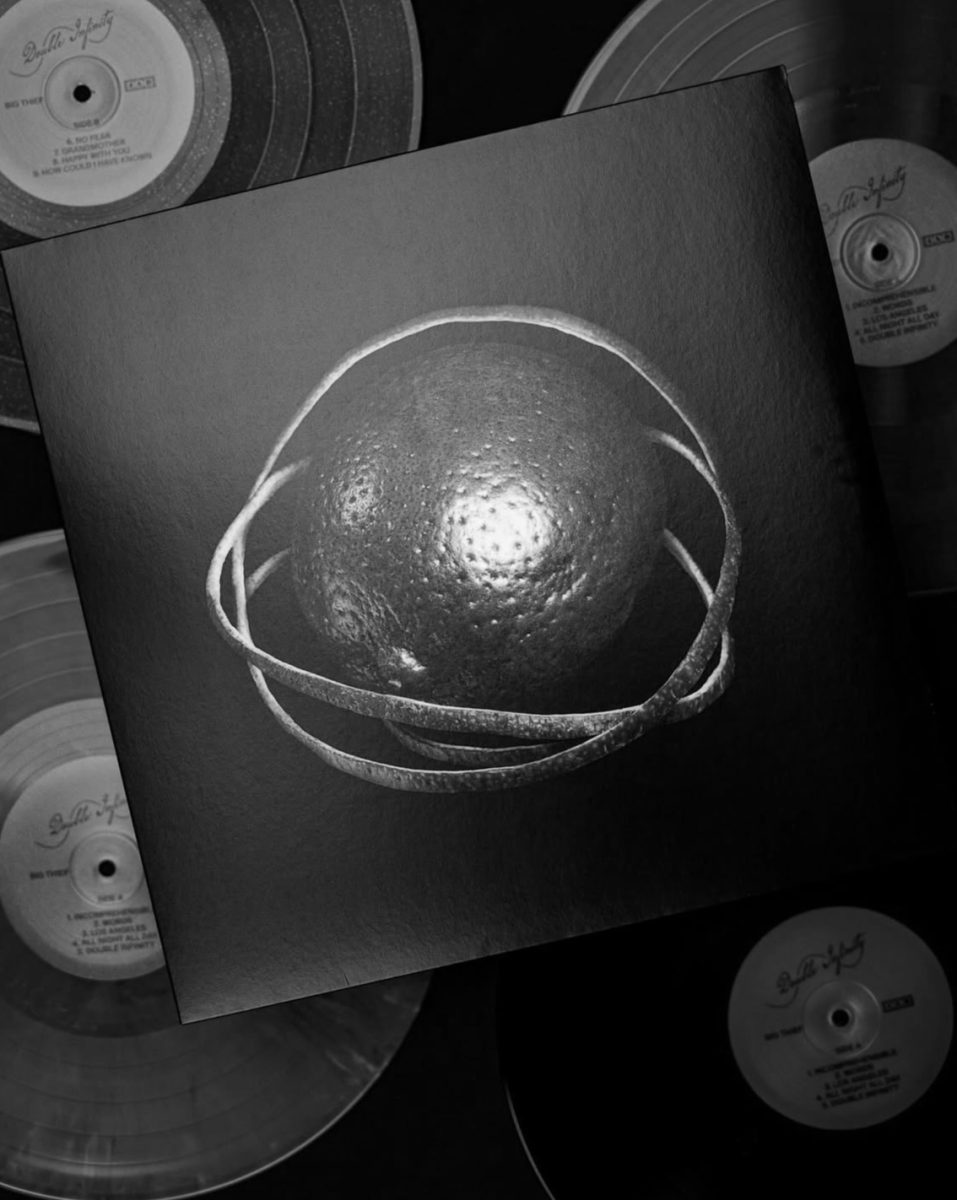
















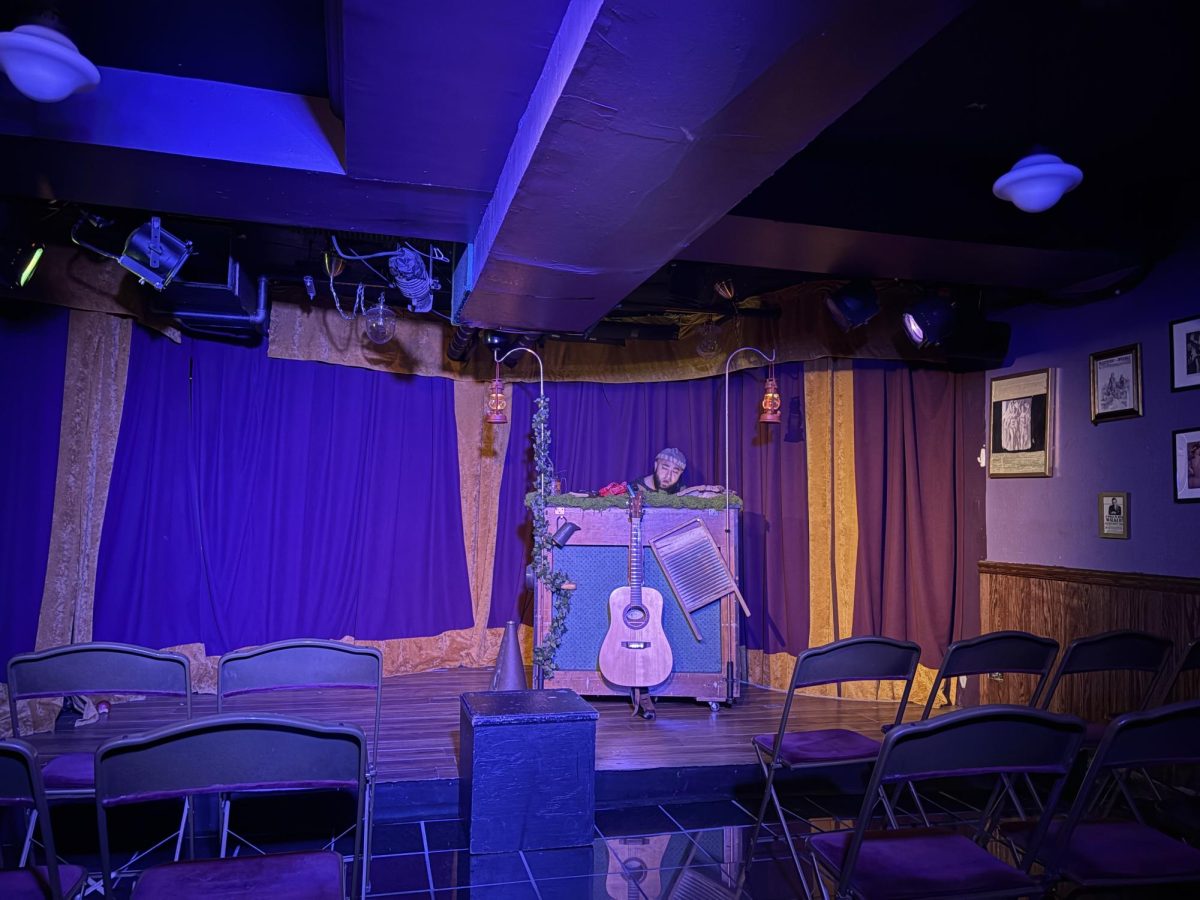


















































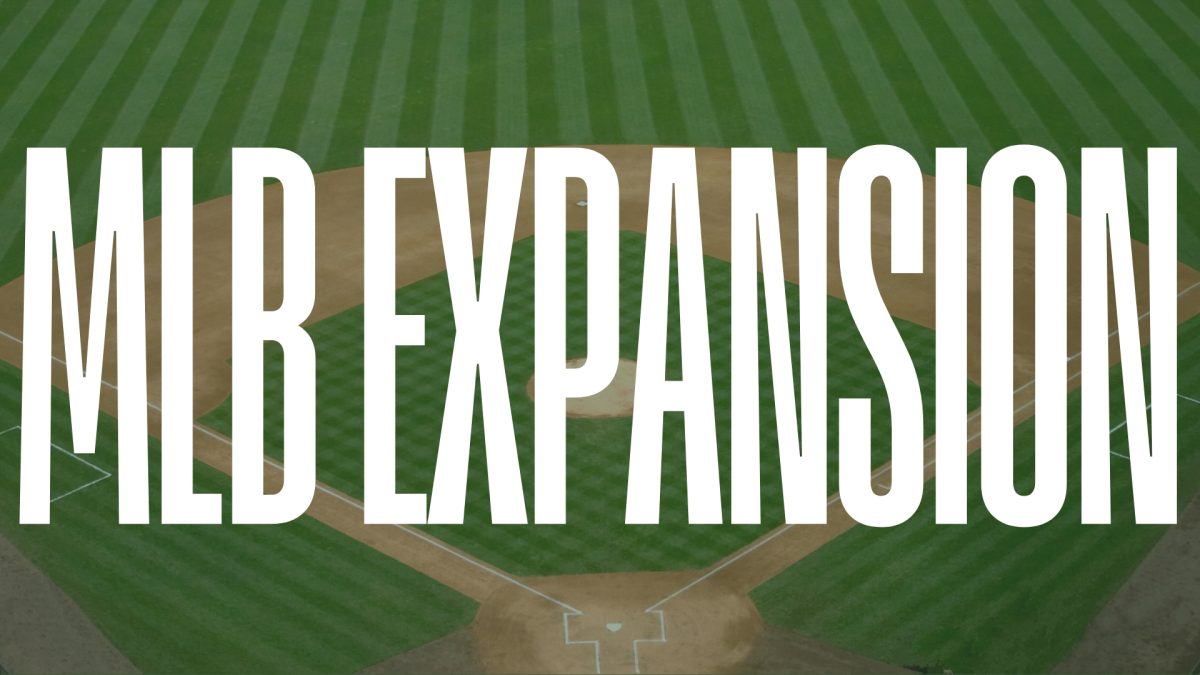













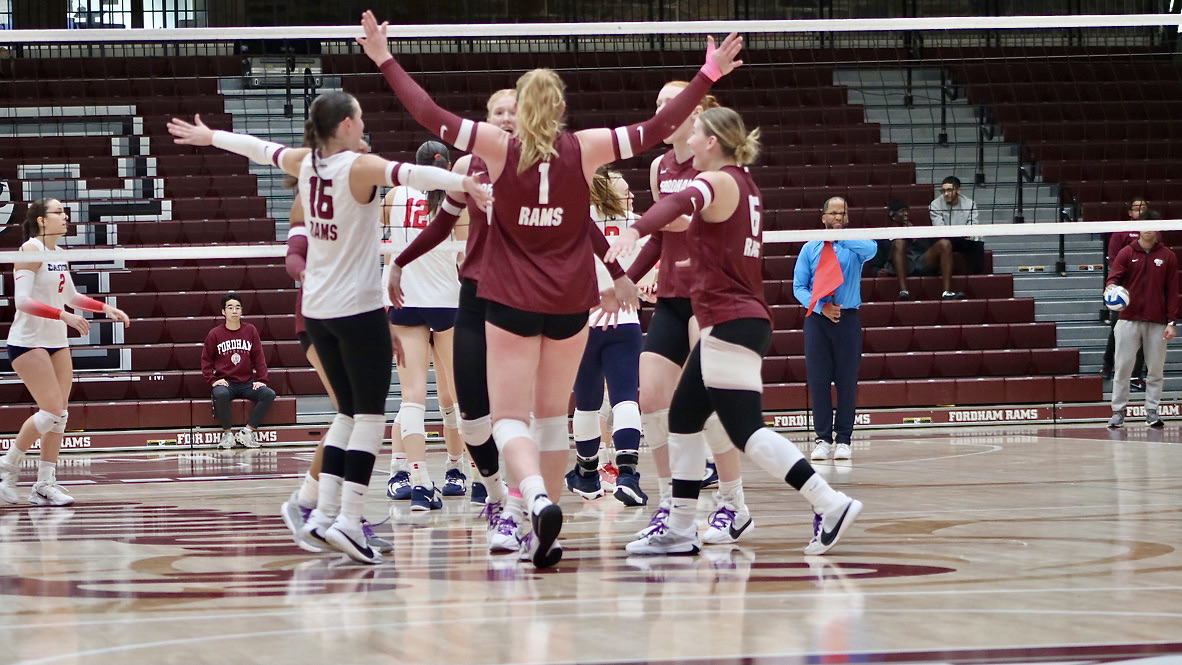






















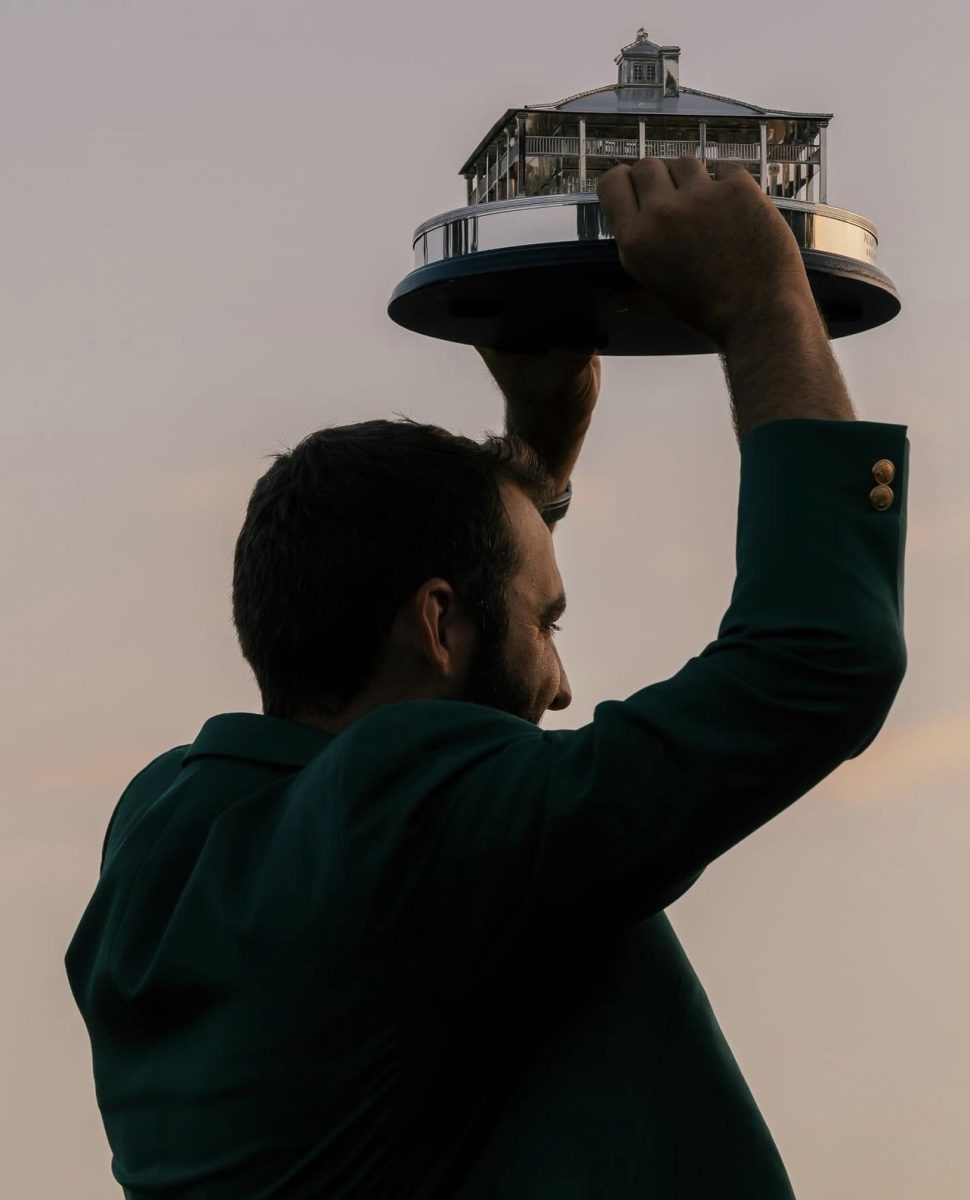



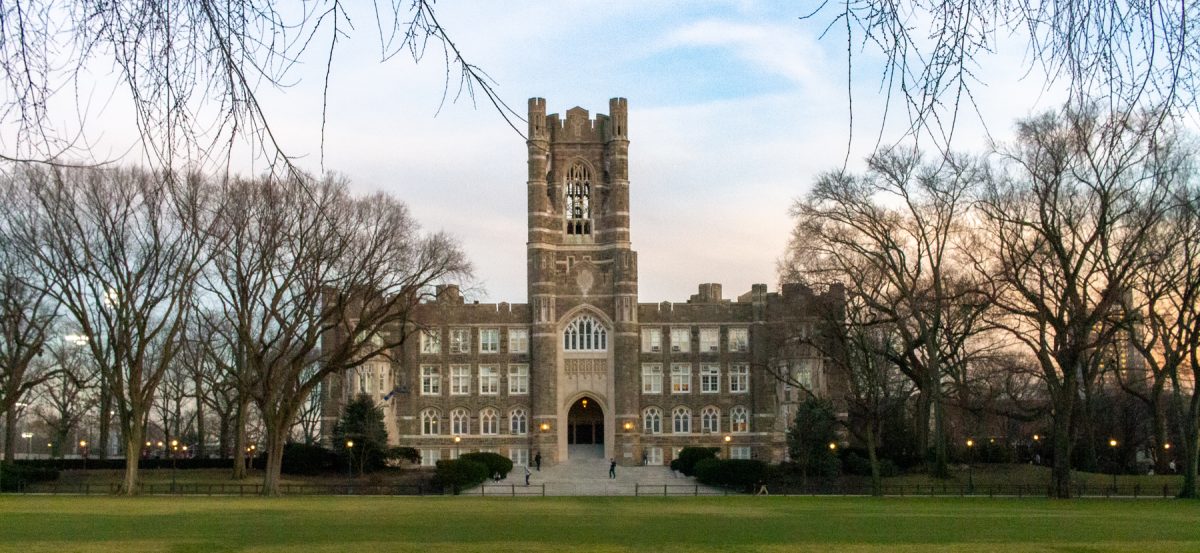

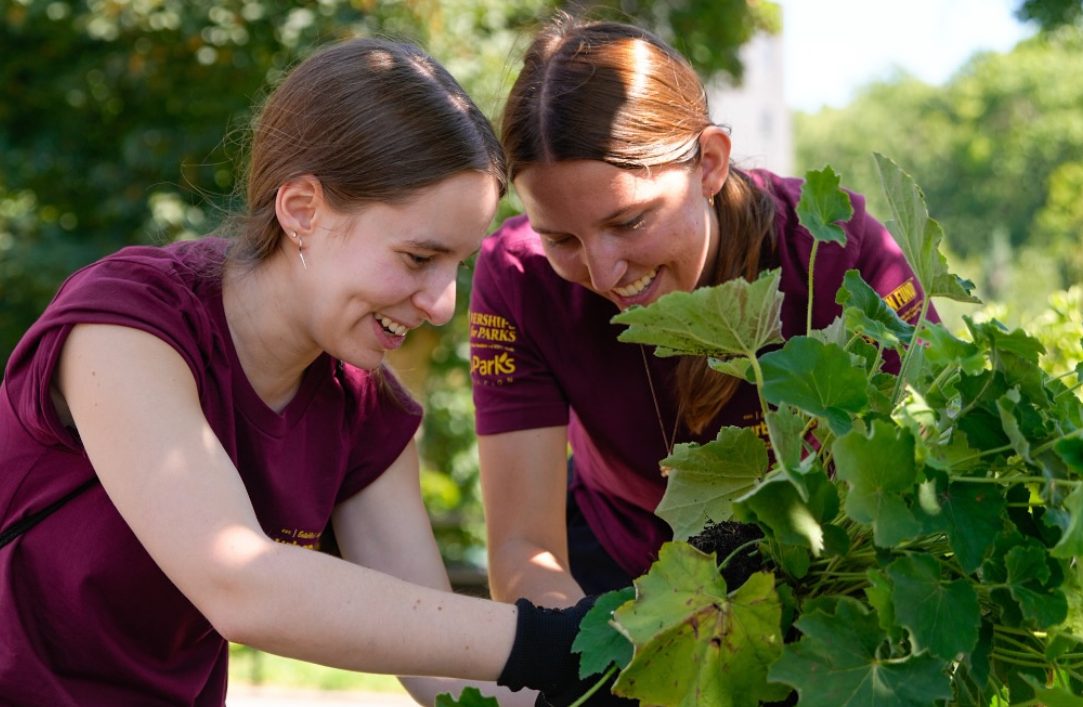

b smart (@TweeterSmart) • Nov 6, 2015 at 5:26 pm
southern belgium used to be part of france, the nation non as belgium only came into existence in the 1860s.